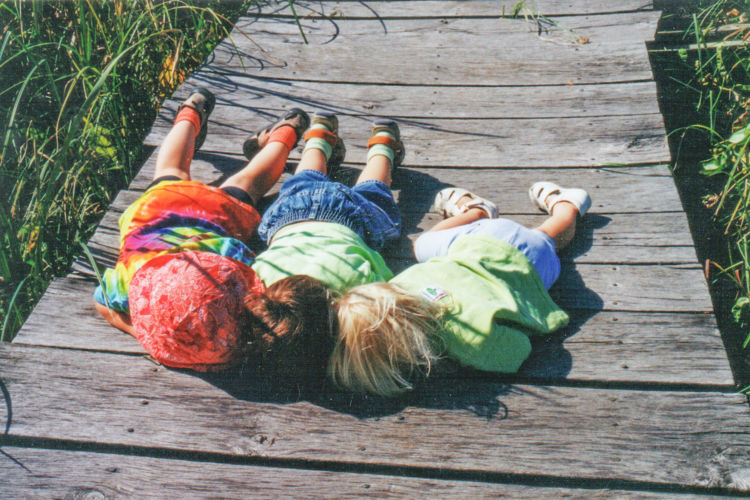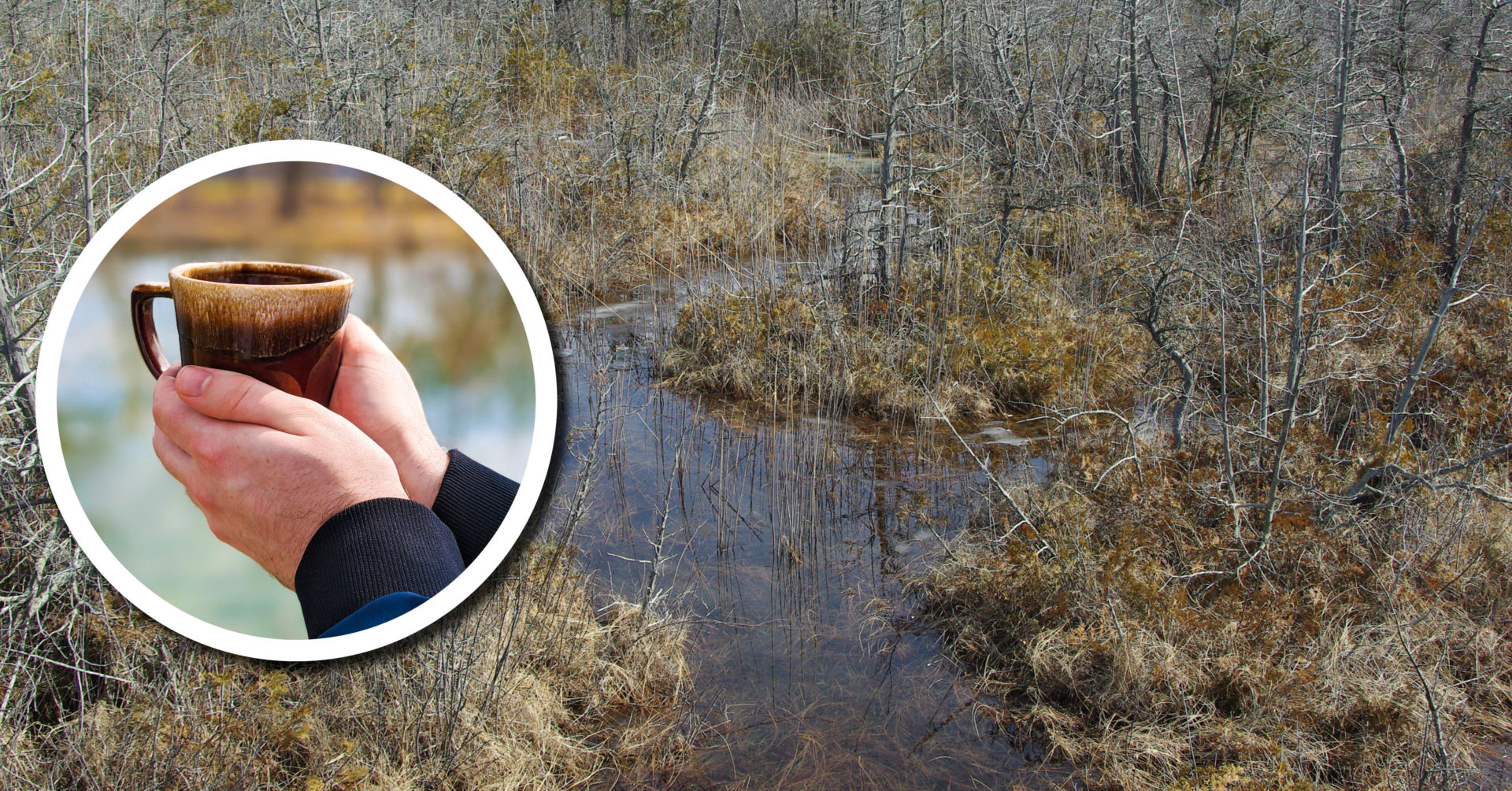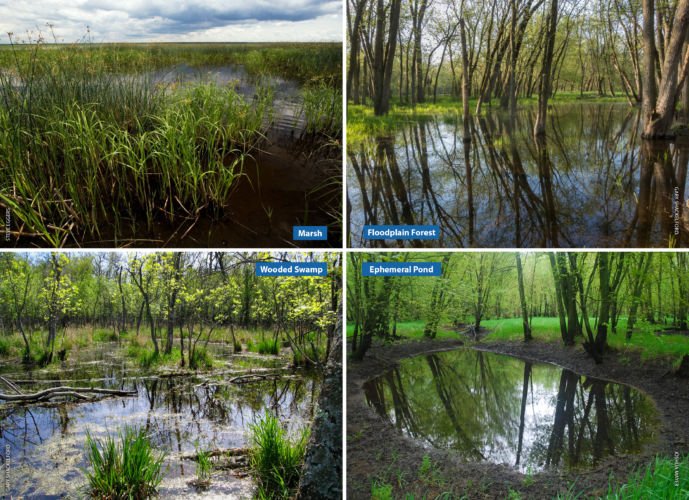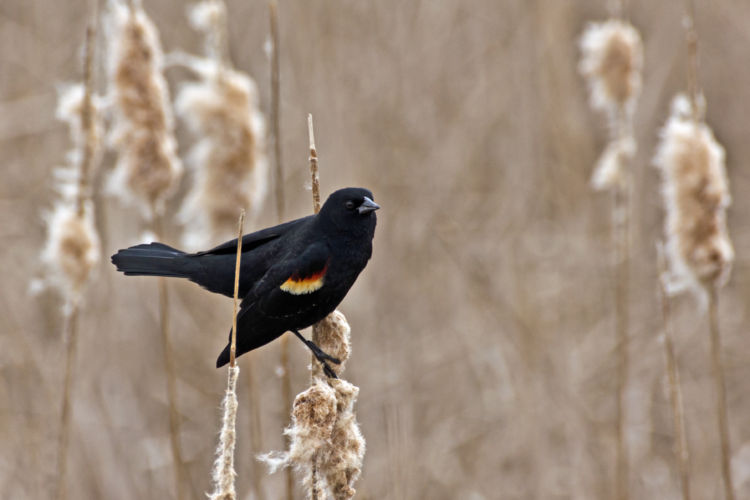By Tracy Hames, Executive Director of WWA
On our blog and in our printed newsletter we’ve talked a lot about wetland hydrology, policy, protection, restoration, and more. But today, let’s go back to the beginning. Let’s revisit what ultimately brings us together—our love of wetlands.
For most of us, our love and fascination with wetlands began when we were young. I know mine did. I grew up in Arden Hills, Minnesota, north of St. Paul, where we had a decent-sized emergent marsh in our neighborhood. We called it ‘The Swamp” back then (and we still do). The Swamp has been a part of my life for as long as I can remember.
I have early memories of cattail fights with my friends where we would pull out cattails (muddy roots and all) and throw them at each other. (Incidentally, cattail plants with muddy roots still attached make great projectiles.) We’d come home black with muck on our hands, faces, and clothes. During ice-off in the spring, we’d marvel at the northern pike moving into The Swamp through the small channel connecting our marsh with Lake Johanna. Little did we know they were making the journey to lay their eggs. During dry summers, we made forts in the parched cattail stands, well hidden from the sight of our parents. In wet years, I remember sinking up to my waist in the muck. We mistakenly called it quicksand back then, our only knowledge of quicksand coming from episodes of Gilligan’s Island and Tarzan movies.
I’m happy to report today that The Swamp still appears to be in fairly decent shape. It’s retained its 10-acre size despite much development in the area since the 1960’s. I suppose the broad-leaved cattail stands have been replaced with hybrid cattail. I imagine the wildlife use has lessened. I can still, however, envision the pike heading in there each spring (though I haven’t checked in decades). Not too bad given all the other changes in that area.
Now that wetlands have long been the focus of my professional life, the familiar feelings of comfort that I found in The Swamp have not only remained, they’ve grown stronger. Today, I can hardly imagine a life void of frequent excursions into the “quicksand” of a wetland. And that’s really important. We protect and care for the things we love. We love the things that are familiar to us and that bring us comfort. So, sustaining our connections to wetlands is fundamental to the work we do here at Wisconsin Wetlands Association. I maintain that you can’t effectively work for wetlands if you don’t frequently interact with them.
I hope our recent article on identifying wetland types triggers early memories for you of when you first discovered the world of wetlands. As you look at the photos of the wetlands depicted, try to recall experiences you’ve had in these wetland types. I hope they’re all good memories. I know mine are.
I hope to see ‘ya out in the mud sometime soon.
Photo credit: Michelle Voss
Related content
Wetland Coffee Break: Swamp, bog, or fen? An introduction to wetland types of Wisconsin
Watch Ryan O’Connor, WDNR, give an introductory presentation on Wisconsin’s wetland types.
How to identify Wisconsin’s common wetland types, Part I




